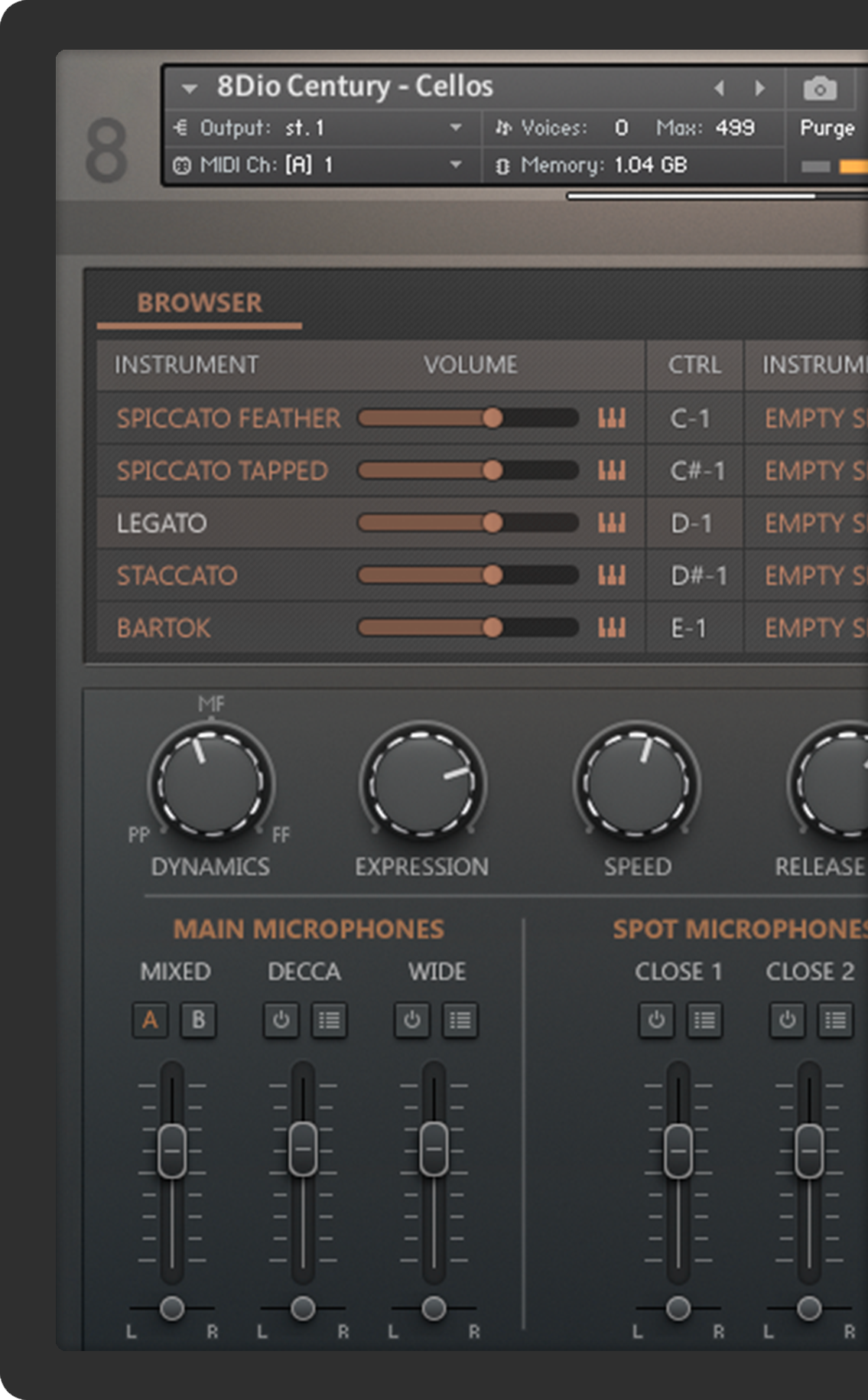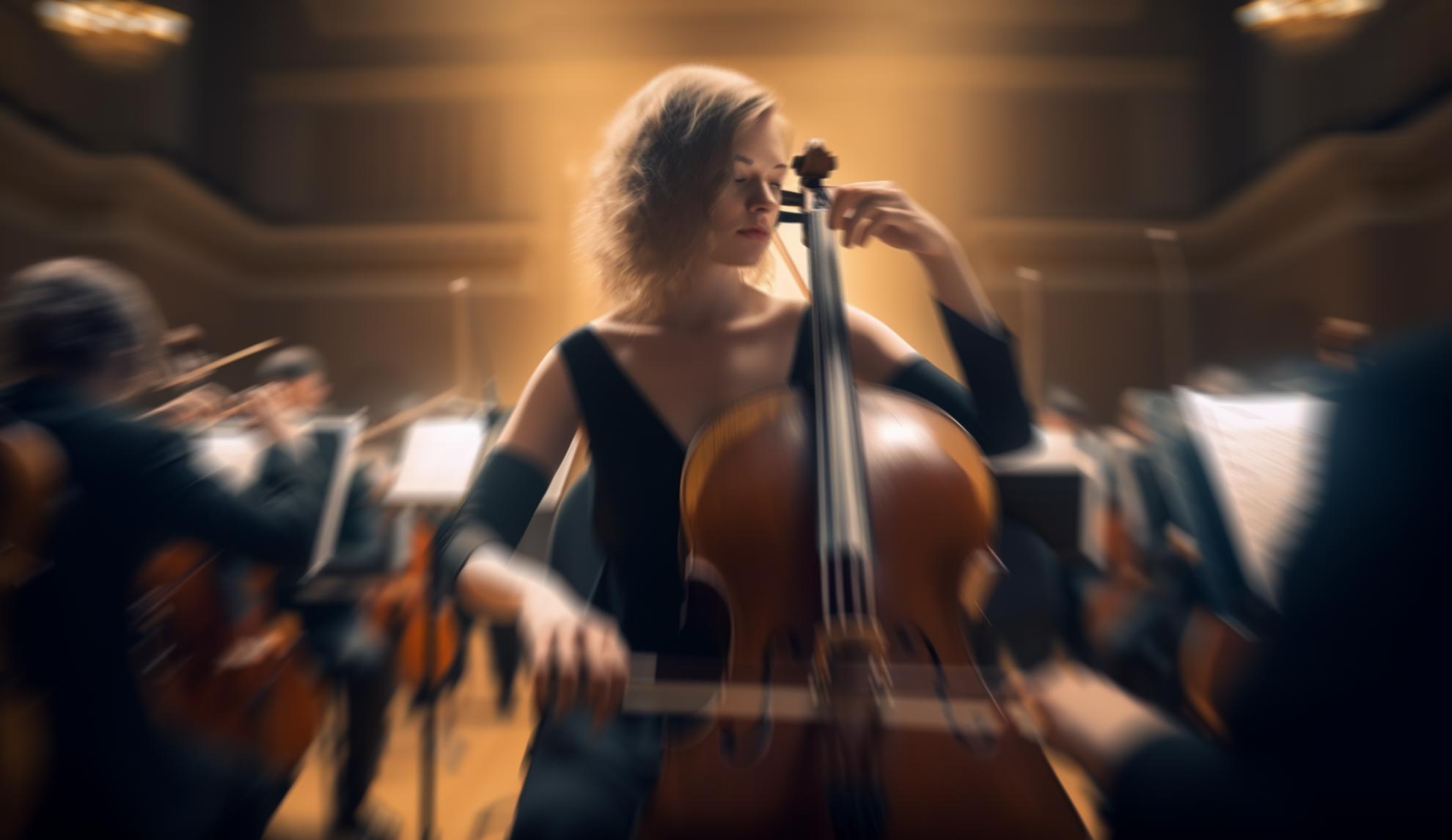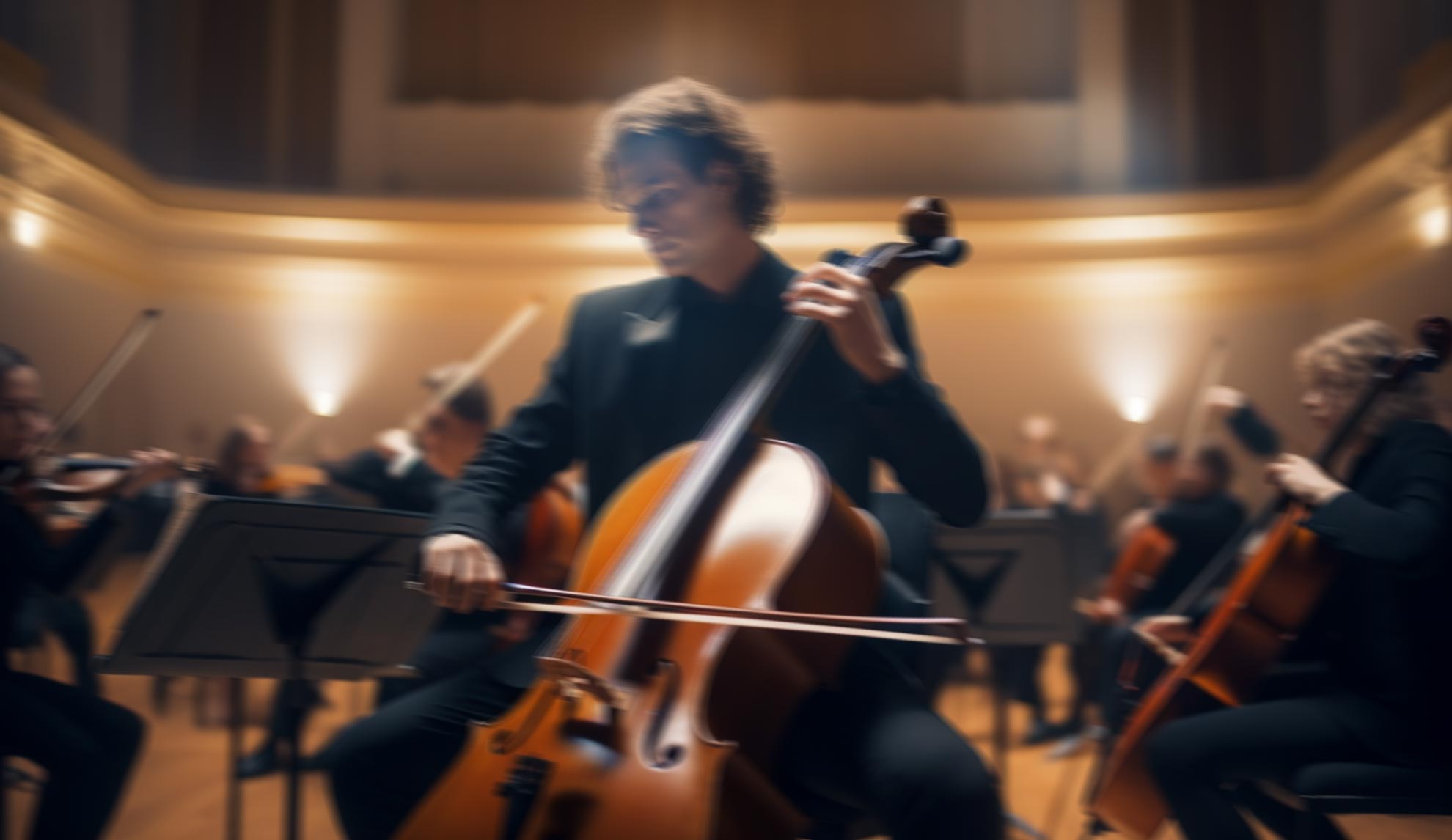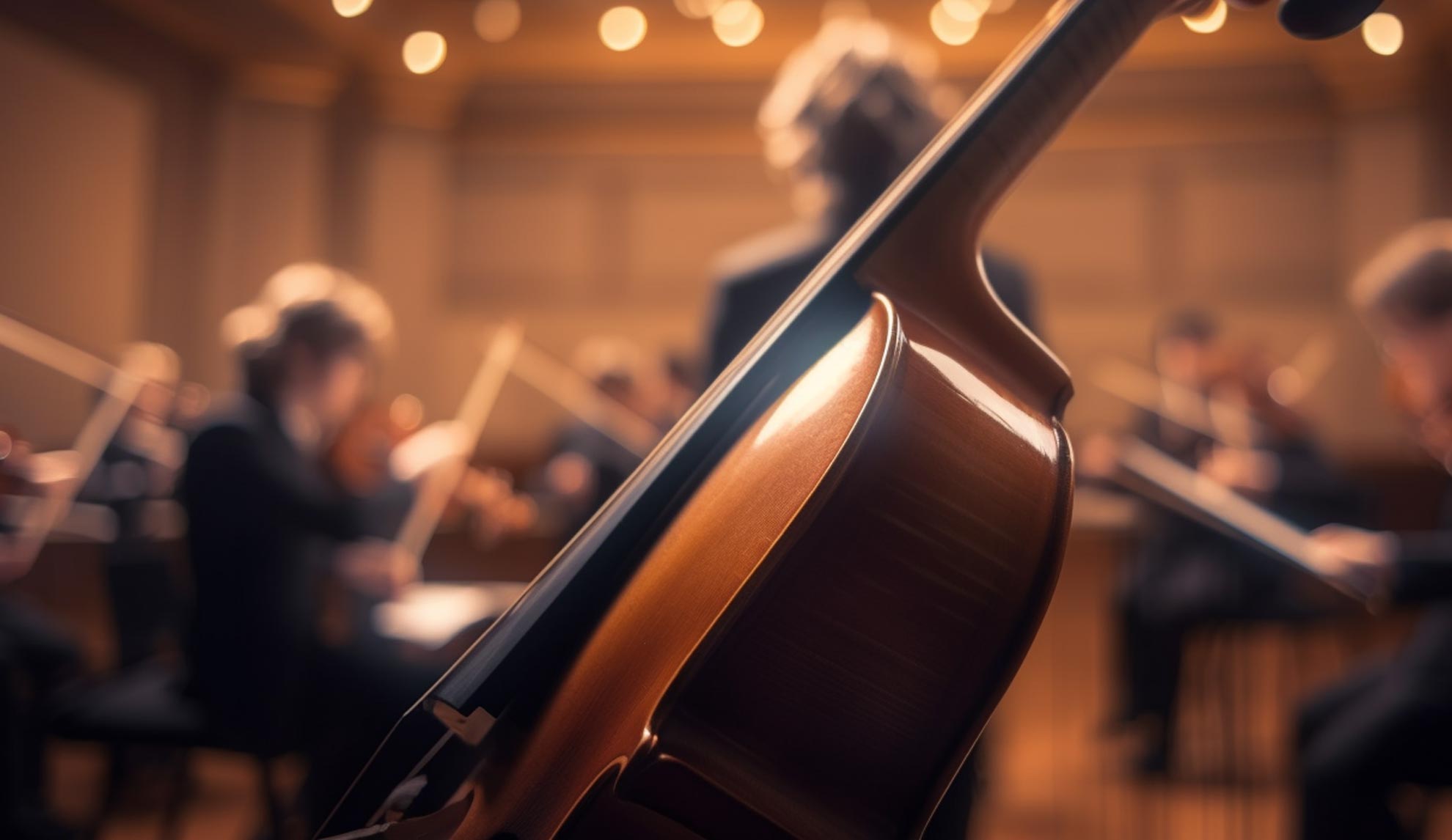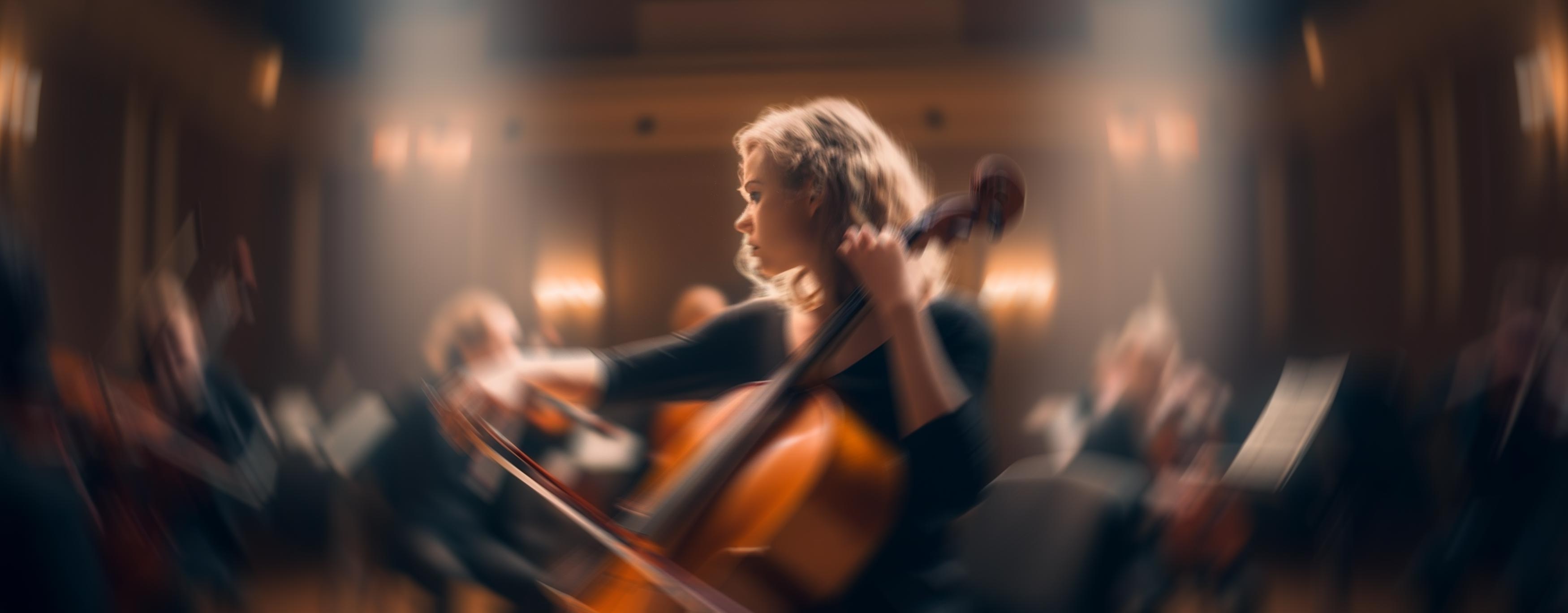
Century Strings Normale & Sordino
- Deep-sampled Emotional Ensemble Strings
- New in 2.0: True Polyphonic Legato
- New in 2.0: Two Mic Mixes (Stage & Lush Hall)
- New in 2.0: Two Ensemble lite sketching tools
- 1st Violins (6) and 2nd Violins (4)
- Violas (6), Cellos (4), and Basses (4)
- Sordino 1st Violins (6) and 2nd Violins (4)
- Sordino Violas (5), Cellos (4), and Basses (3)
- Up to 8 Microphone Positions
- 288GB / 313,909 Samples
- Delivered by Download
- Kontakt 5.8.1 Full Retail (or later) Required
-
Production Costs: $413,000
Century Sordino & Normale Strings
The new in Century 2.0
Century Strings 2.0 is the largest and most advanced upgrade to any library collection we have ever produced. The 2.0 upgrade includes our new, true polyphonic legato, 2 new microphone positions in natural orchestral seating, advanced articulation browsing, speed optimization, and an additional Century Sordino Strings Lite scoring library for all owners of Century Strings & Ensemble.
The new true polyphonic legato is designed both for traditional, dynamically layered legato and for our popular arcs. You can literally play as many notes as you want – whether it is a single melody with chords or playing strings in octaves. We call this “Chordal Legato.” Our new advanced arc legato gives you the ability to play the arcs with true polyphony, while following the natural emotion and movement of the arc. We call this Poly-Time Legato.
Century Strings 2.0 also includes two custom-made “in place” microphone mixes, with instruments situated in a traditional orchestral seating position. Mix A is a focused scoring stage, whereas Mix B is bigger sounding and designed for large-scale, blockbuster mixing. The various mix options on different instruments can help increase the separation in your sound, which is a great way to bring specific instruments to the forefront of your productions. We have also optimized the entire library, allowing for more advanced features and superior performance on various workstations. The newly added Century Strings 2.0 Chaos Effects offers you the ability to customize the signal path and post-processing with over 140 impulse responses, stereo delays, EQ, and much more.
In addition, all owners of Century Strings and Century Sordino Strings will receive our new Century Strings Lite with their upgrade. Century Strings Lite is an additional scoring tool added to the collection – offering you the ability to quickly write with all the string sections pre-loaded in natural orchestral seating positions.
A Century of Strings
Century Orchestral Strings is available in three volumes: Traditional Ensemble Strings, Sordino (Muted) Ensemble Strings and a Bundle featuring both that saves you 30% compared to the individual volumes.
The Traditional Ensemble Strings contains five unique string ensembles, including 1st Violins (6 players), 2nd Violins (4 players), Violas (5 players), Cellos (4 players) and Basses (4 players). The Sordino Strings also contain a similar symmetry, so everything can be used as one.
Century Orchestral Strings was recorded in a new and advanced environment that allowed us to both have wet (hall) and close (studio) sounding strings at the same time. This means you have total room control, from large, lush orchestral strings to close and intimate studio strings. Seven different microphone options, including Mixed A, Mixed B, Decca, Wide and three close studio spot mics (Close 1-3).
All legato articulations are dynamically layered, and many contain full vibrato control. All arcs are also velocity based. Play soft and get a soft arc. Play harder and get a more pronounced arc. These were also recorded at different speeds, so they can elegantly wrap around your composition. Let’s not forget the short notes, which were recorded so deep they may never need to be sampled again.
The new user-interface binds it all together. Access the entire articulation menu with a few clicks of a mouse. As well as instant access to all microphone and articulation controls.
Century Orchestral Strings 2.0 contains every single articulation you would expect – and a wealth of new and intelligently programmed patches.
READ MORE
LISTEN:
True Polyphonic Legato
Century Stings raises the bar for professional legato sampling with the introduction of the world’s first true, polyphonic legato. Polyphonic legato offers you the ability to play as many notes as you want, while still triggering all the legato intervals. In addition, we’ve added true polyphonic legato to the many arcs. All the instruments are infused with personality, designed to move you, and designed to move your audience.
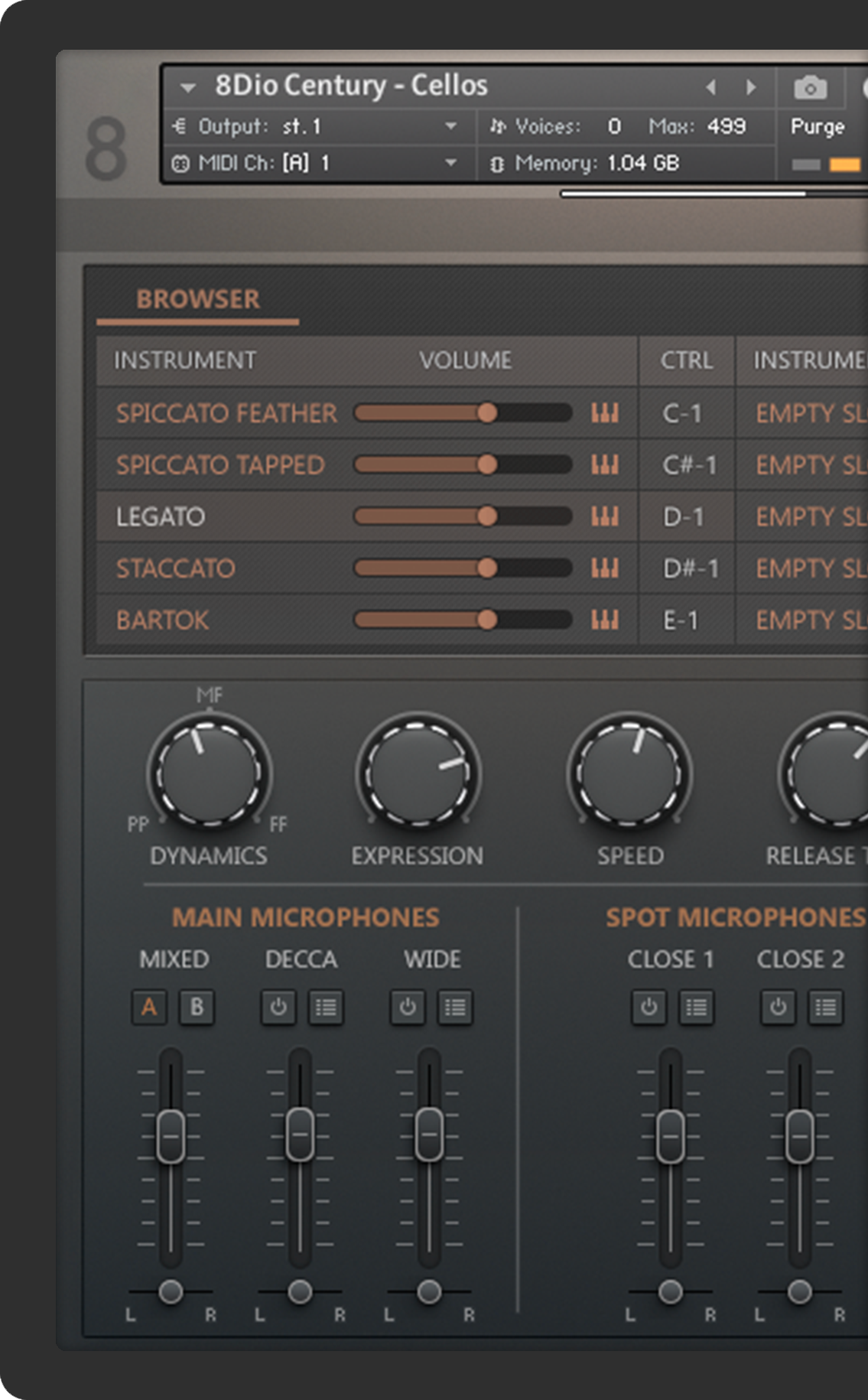
Two Sketching Tools
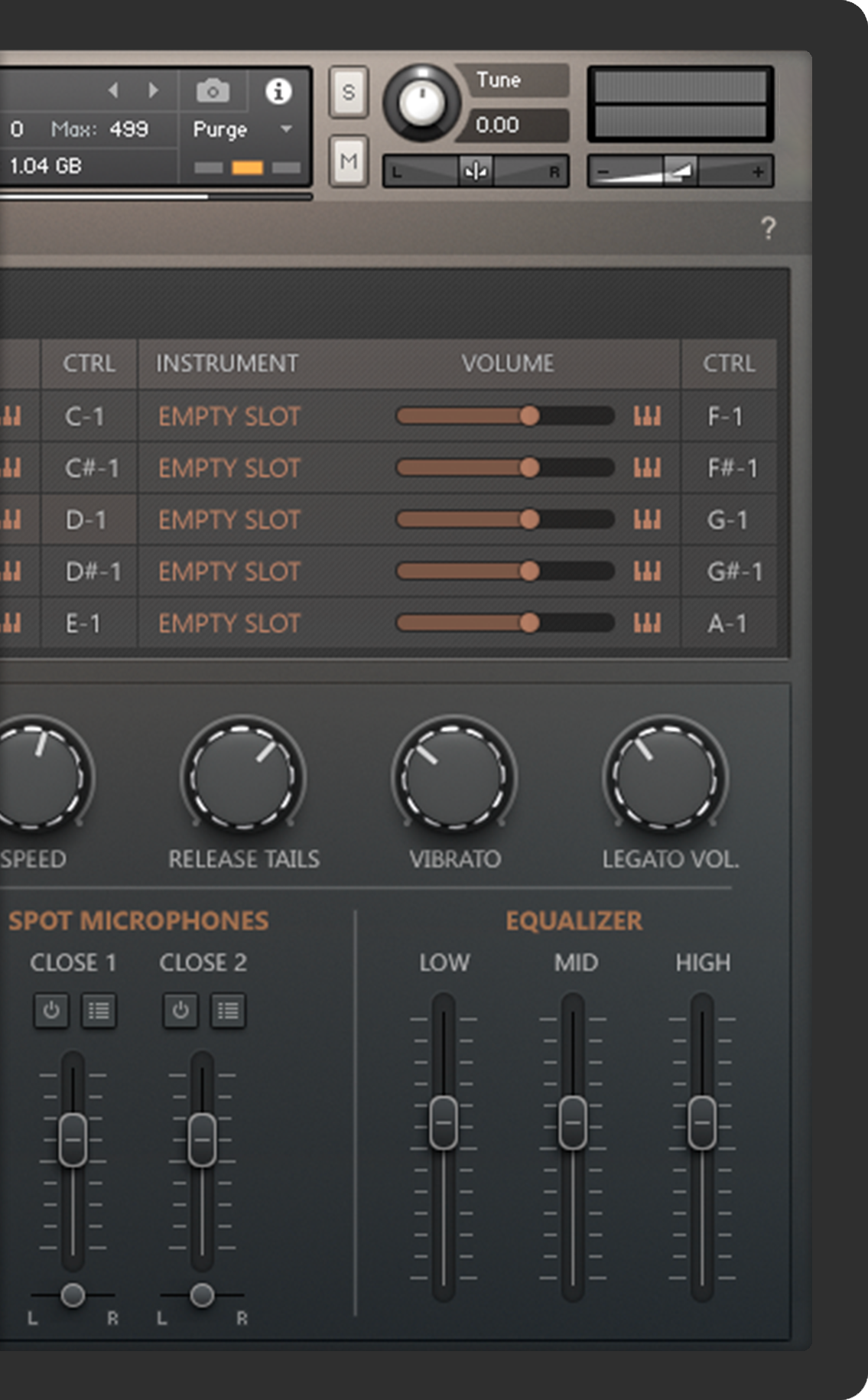
Writing should be easy and inspiring. Century Strings contains two new sketching tools featuring the full string ensemble: one normale and one sordino. Thy contain all the core articulations for essential string writing: short notes, sustains, trills, tremolos, pizzicatos, and our magical arcs, of course.
Instant Access
Every articulation can be accessed with a few simple clicks. The patches in Century come with 10 empty slots. Double click on any of the slots and you can select any articulation in the library. Every slot automatically gets assigned to a key-switch (or CC if you prefer), so you can create an advanced, custom articulation matrix in just a few seconds.
